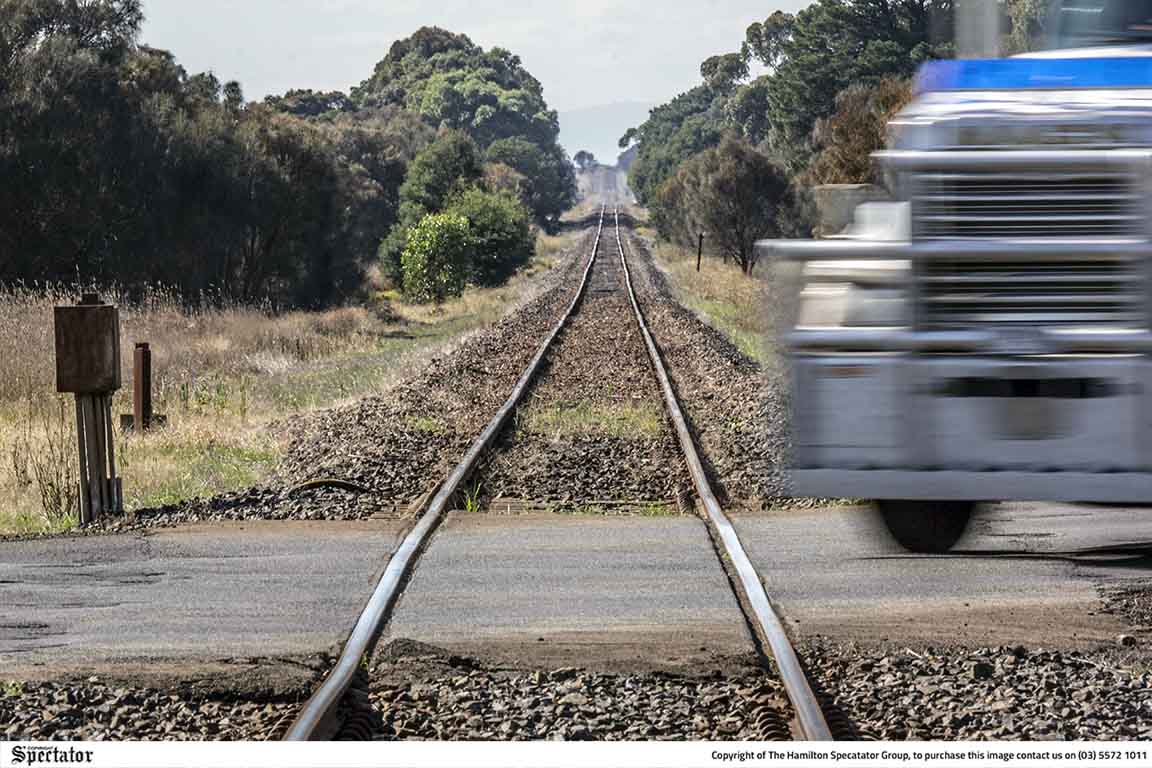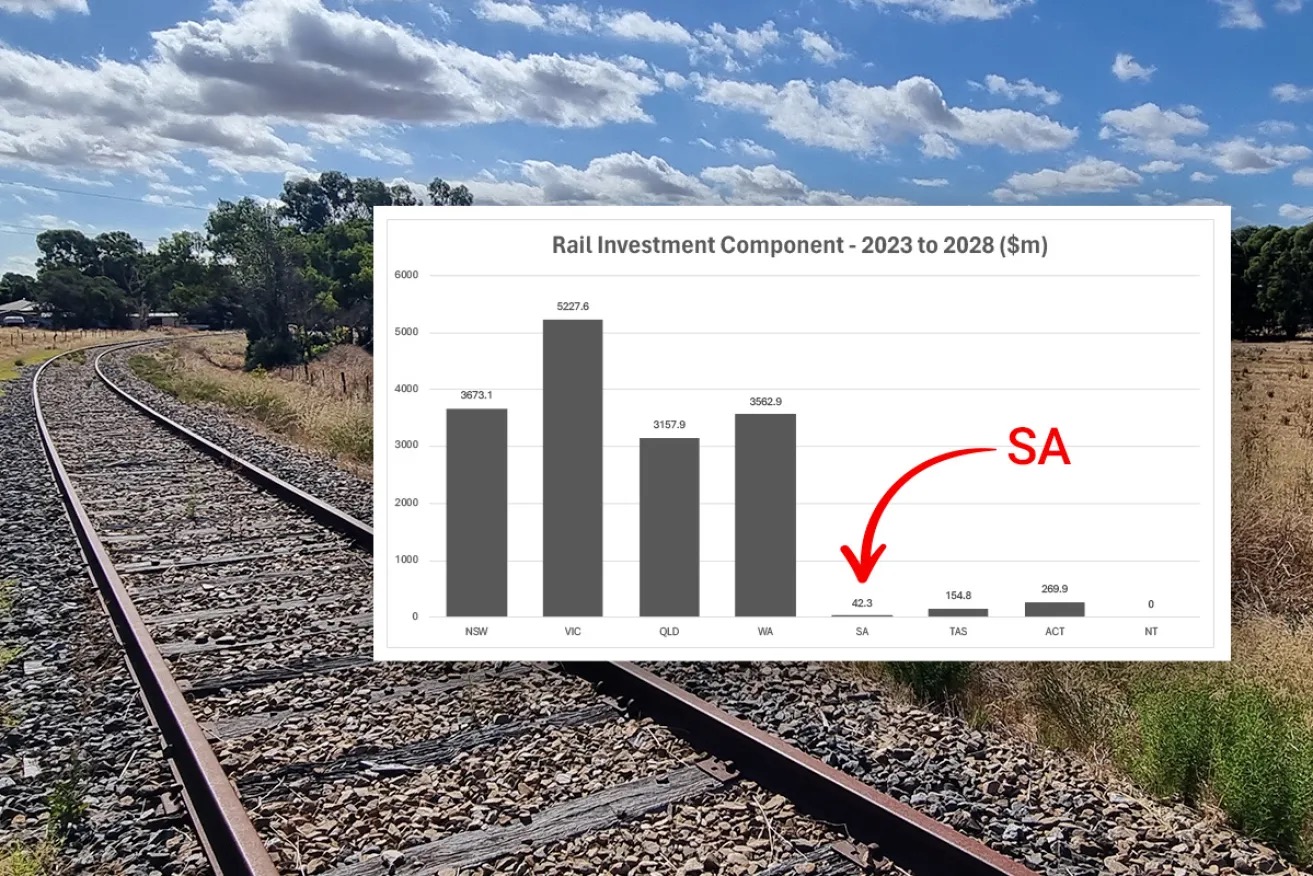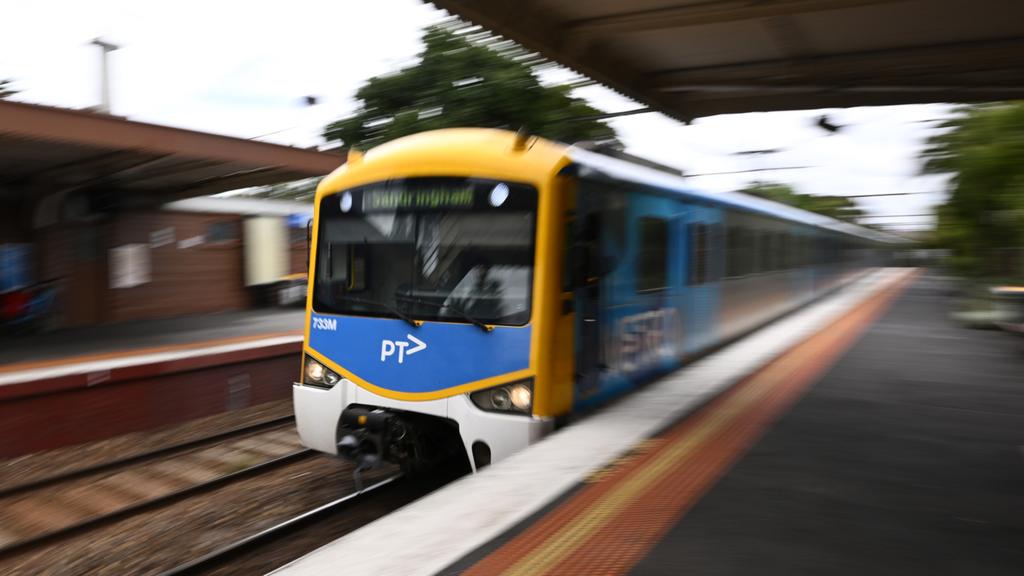The Rail Freight Alliance welcomes the joint announcement from The Deputy Prime Minister
and The Federal Member for Wannon, Dan Tehan’s commitment to fund a full business case
to evaluate the upgrading of the Maroona to Portland Line.
Tag: Federal Budget 2024
Trans-Australian Railway to be flood-proofed as part of $1 billion program to grow rail network resilience
More than $200 million will be spent upgrading large sections of the Trans-Australian Railway Line so the vital east-west freight link can withstand one-in-100-year weather events.
It is part of a $1 billion program, which includes $540 million from the Commonwealth announced in this week’s Federal Budget, designed to build more resilience into the national rail network.
The Trans-Australian Railway line was completed in 1917 and converted to a standard gauge line in 1968 to form a continuous rail link between Sydney and Perth.
But that link was severed for 21 days after widespread flooding hit the remote Nullarbor in March.
The flooding also impacted WA’s main road link with the east, the Eyre Highway, which had a flow-on effect on WA supermarket shelves.
The Trans-Australian Railway line was also closed for 24 days in 2022 when floods damaged about 300 kilometres of track near Tarcoola in South Australia.
Crew working to repair rail line during floods.
Repair crews working on the Trans-Australian Railway Line near Rawlinna earlier this year.(Supplied: ARTC)
Upgrades to take years
Wayne Johnson, managing director of the Adelaide-based, federal-government-owned Australian Rail Track Corporation, described the funding as a “shot in the arm” for the rail industry.
“I was in Western Australia around Easter to see the effects on businesses and supermarket shelves and meet with representatives of the Western Australian government and the supply chain over there, and you can imagine their concern with repeated events,” Mr Johnson said.
“We’ve looked at hydrology with these weather patterns across the whole of our 8,500km network and updated a lot of our works.
“That money is going towards additional works to help cope with more extreme weather events.”
An aerial view of a freight train in a remote part of the outback.
The Trans-Australian Railway Line near Port Augusta in South Australia.(Supplied: ARTC)
The federal funding includes $140 million for culvert upgrades to increase flood resilience from one-in-13-year events in WA, SA and NSW to one-in-100-year events.
An additional $100 million will be spent replacing 47 kilograms per metre rail with 60 kilograms per metre steel to support larger trains between Kalgoorlie-Boulder in WA and Tarcoola in SA.
“You’ve got to bear in mind that a lot of goods run east-west routinely, so we’ve got to mix that work in among those operations,” Mr Johnson said.
“It could take years to get through the totality, but we’ll be starting within the financial year.”
Flooding in the outback cuts a railway line.
The Trans-Australian Railway Line was cut for three weeks after flooding at Rawlinna on the Nullarbor.(Supplied: Australian Rail Track Corporation)
Huge cost to economy
According to the Australasian Railway Association (ARA), the east-west rail corridor is out of service on an average of 40 days every year due to flooding.
With 56 per cent of the nation’s freight being moved by rail, ARA chief executive Caroline Wilkie said strengthening infrastructure to cope with these events was critical.
“Repeated severe weather events, particularly flooding, have had a major impact on rail freight and passenger services and resulted in significant disruptions to our national supply chain,” she said.
“Washouts on the east-west rail line alone cost the economy $320 million in 2022.”
He smiles at the camera
Western Roads Federation CEO Cam Dumesny welcomed the rail funding but says WA is still vulnerable to freight disruption. (ABC Perth: Julian Robins)









